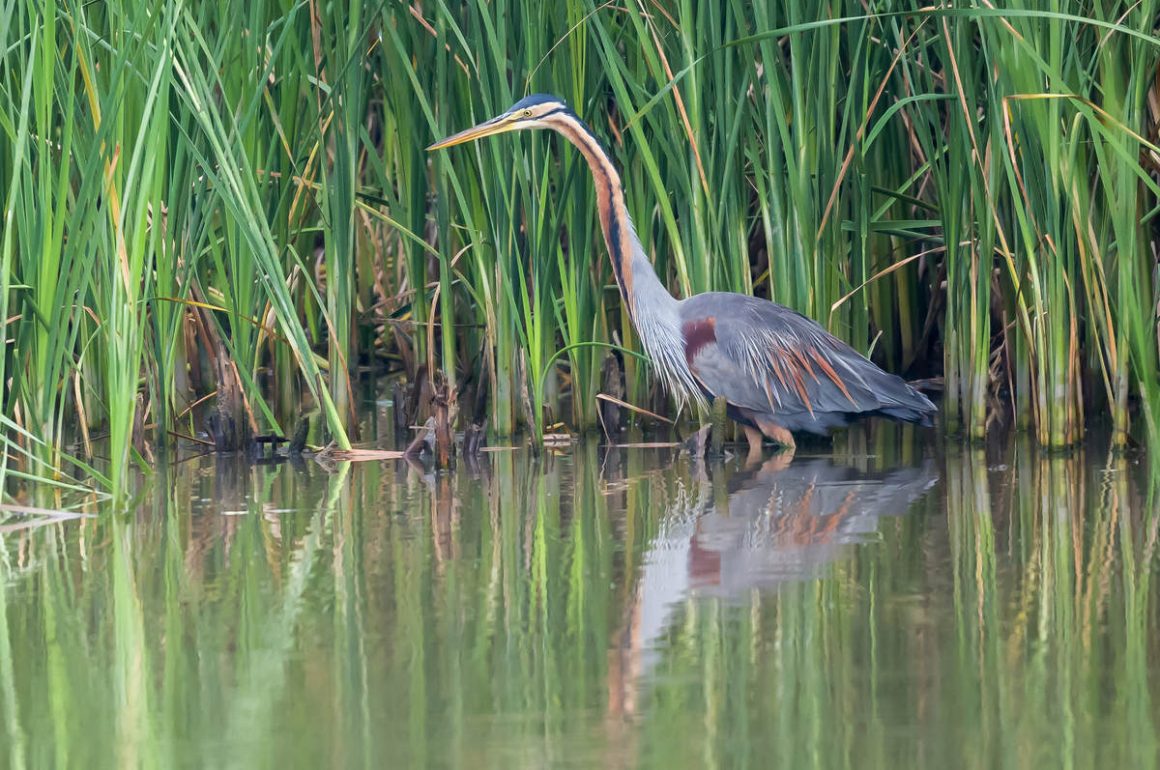
This year, migration seems to have ended a bit earlier than in most previous years – not very surprising given that this was the hottest Shanghai May in the last 100 years, and at least some birds (such as American Robins – note that these are the fake robins of the US, they probably also claim that their name was stolen from them by the liberal press) follow isotherms on their migration (source).
This leaves Shanghai in June with basically just the year-round species and the summer breeders, maybe with a few added ultra-lazy individuals of migratory species.
Fortunately, there are a few more such breeding species than most Shanghainese are aware of. Such as the Black-winged Cuckooshrike.
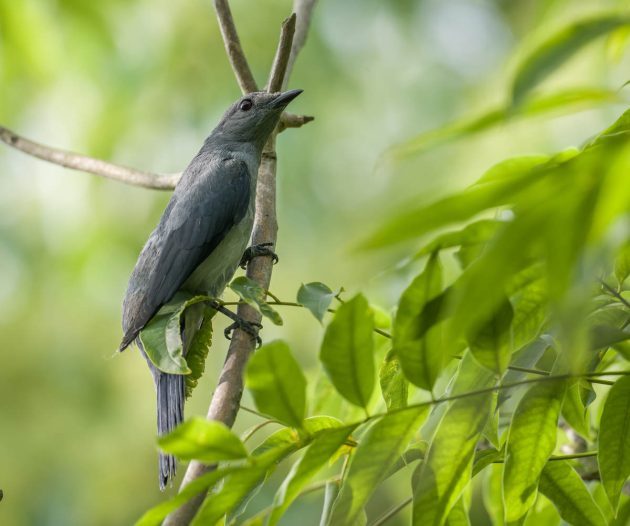
eBird calls it “an overall sooty-colored cuckooshrike”, somewhat – but correctly – contradicting the official name.
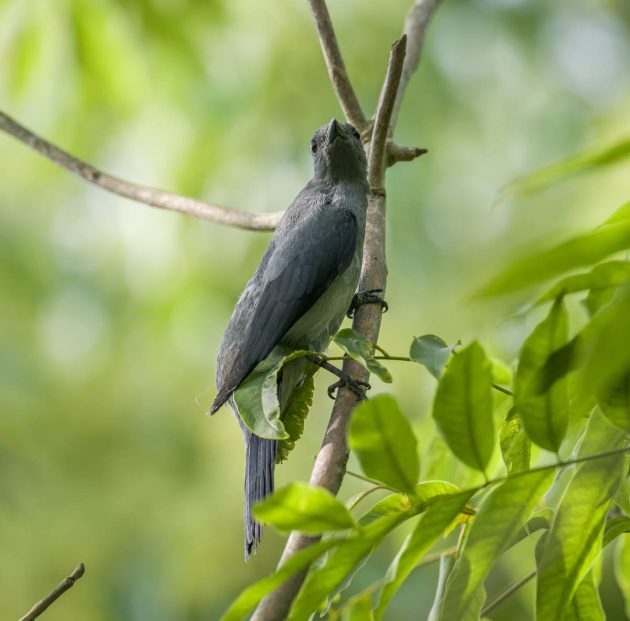
While the HBW states that it breeds at 300 – 2450 meters, in Shanghai – where such elevations are not available outside of the upper floors of a few highrises – it makes to with an altitude of about 0 meters as well.
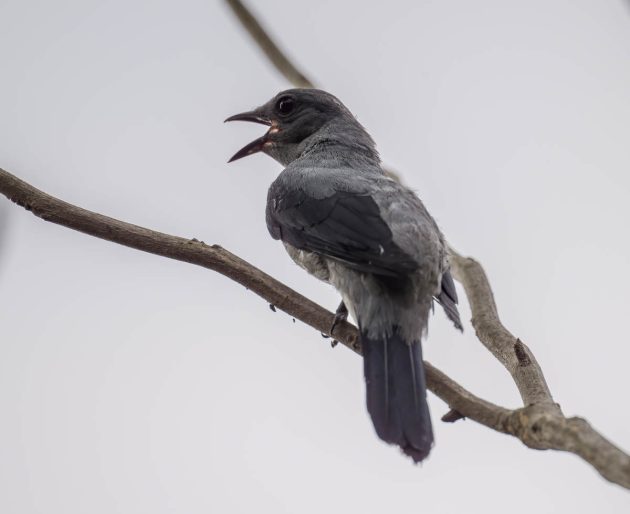
In the handbook “The Herons”, the Purple Heron is said to have “a snaky neck”, which is a good description. Here’s a video.
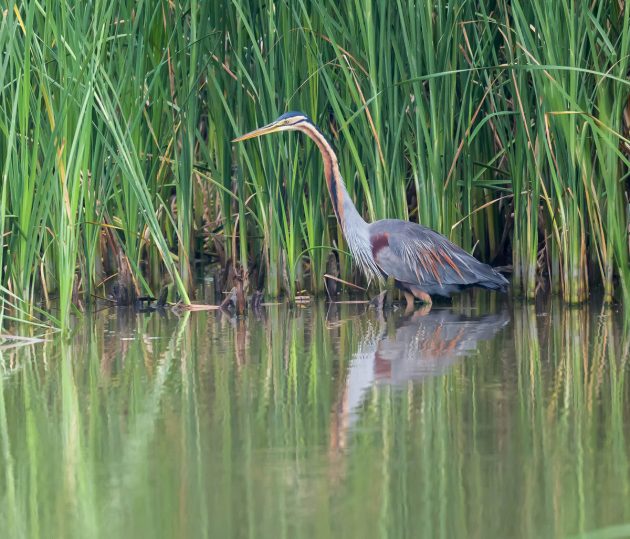
If you are the fourth or fifth child of your parents, you may call yourself lucky not to be a Purple Heron. In a brood, these chicks usually do not survive due to sibling rivalry, i.e., they starve (source).
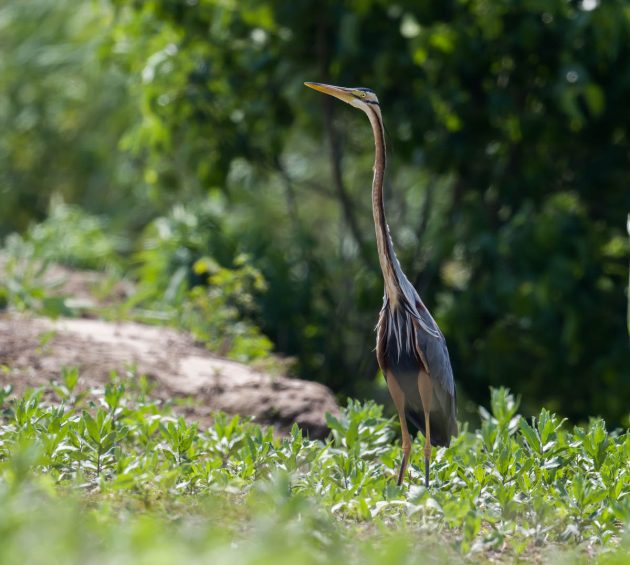
Their migration is quite fast compared to many other larger birds – in one study, several birds flew 4000 km within 5–7 days while one individual even flew 5600 km non-stop.
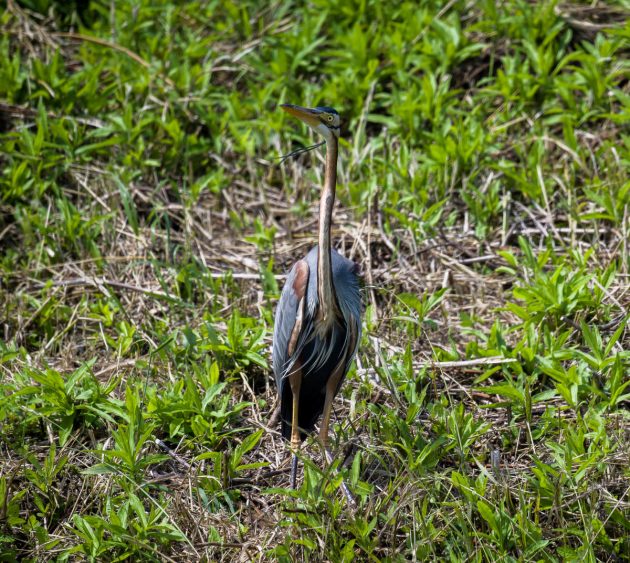
That means that before starting the migration, the birds spend 15-18 hours per day feeding and fattening up and even moving their sleeping locations close to the food source to save time (source), equivalent to a Tour de France cyclist locking himself into a McDonald’s restaurant for a few days before starting the race.
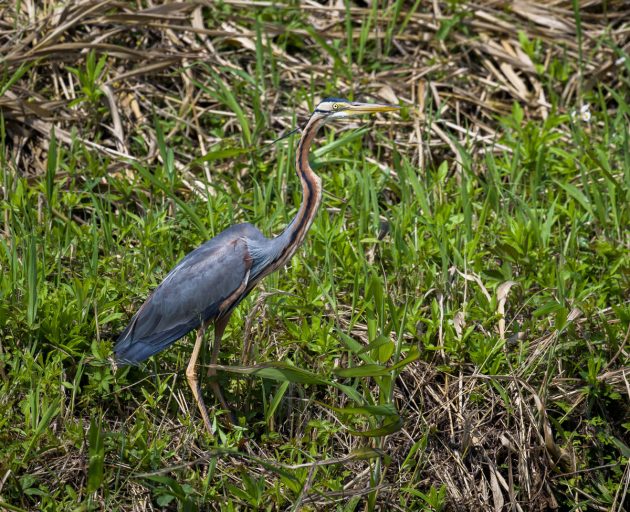
In the slightly frighteningly named journal “Science of The Total Environment”, there is a paper on organochlorine compounds in Purple Heron eggs nesting in sites located around a chloralkali plant (Ebro River). Summary result: relevant chemicals emitted by the plant can be found in the eggs.
Two other heron species are much easier to see in Shanghai – the Chinese Pond Heron …
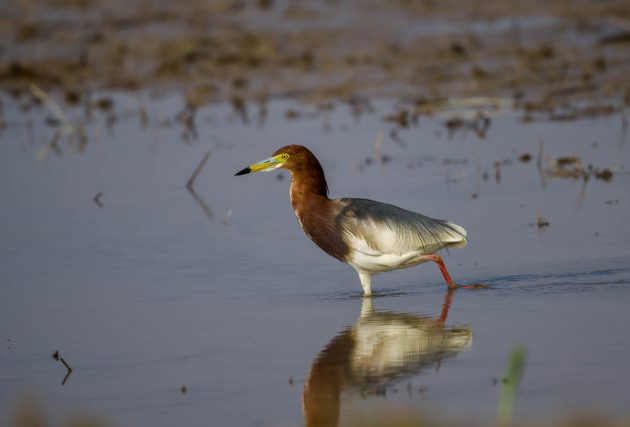
… (a bird that also bioaccumulates certain chemicals such as heavy metals, as described here) …
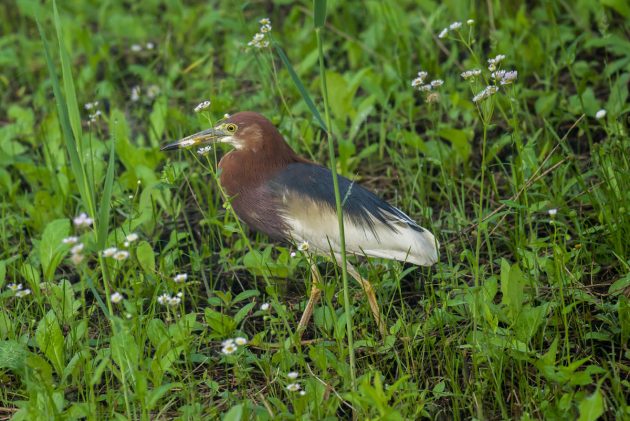
… and the Black-crowned Night Heron.
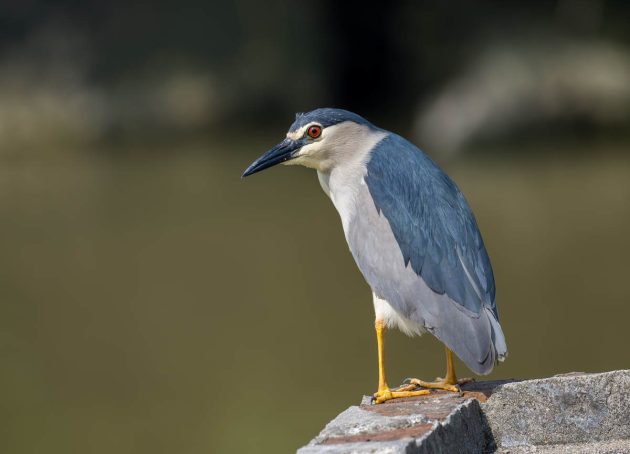
Also as video.
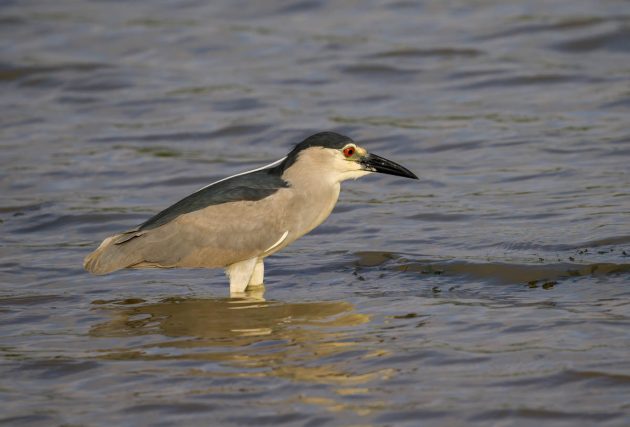
What to do when you want to develop a container terminal at the location of a large colony of Black-crowed Night Herons? Easy: You just move the colony (source).
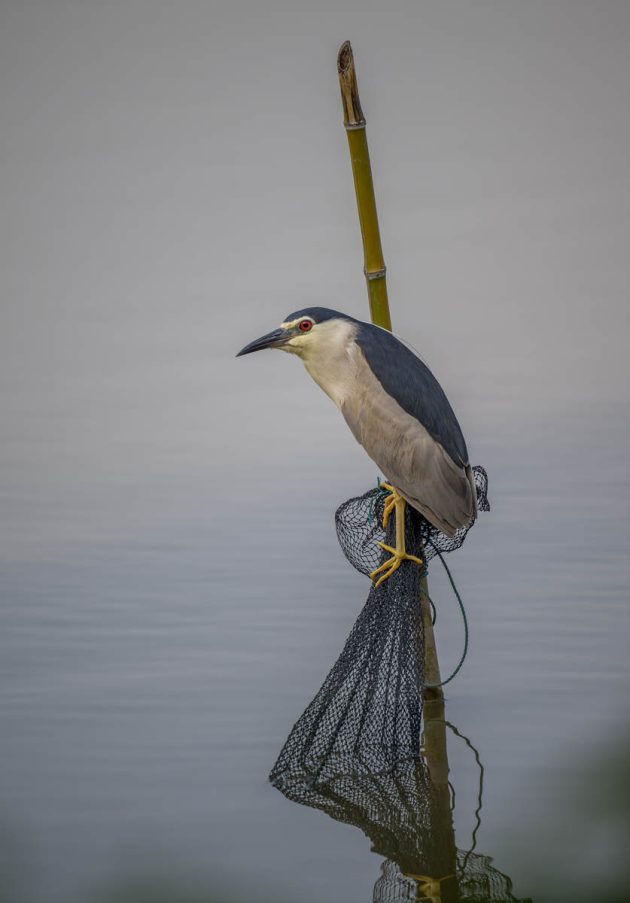
If you are a young (second-year) horny male or female Black-crowned Night Heron looking for an experienced partner to breed, you are probably out of luck. It seems the older herons prefer to mate with each other, a phenomenon that in the non-pornographic language of ornithologists is called Age-assortative Mating (source).
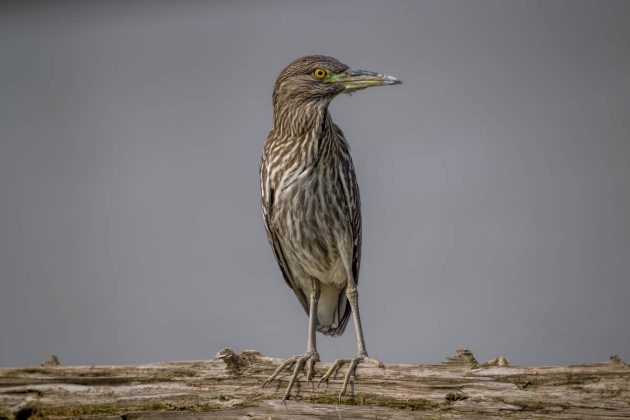
And what if a night heron is hungry? One option is to raid a colony of Common Terns and eat their chicks, as described here.
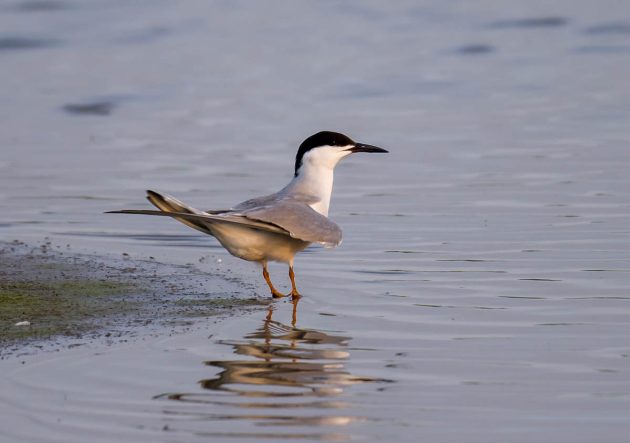
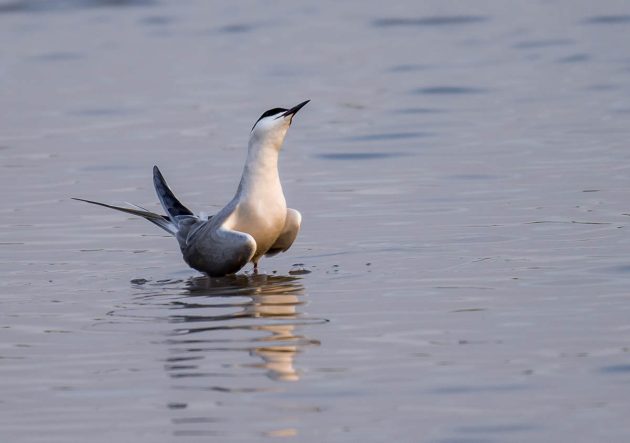
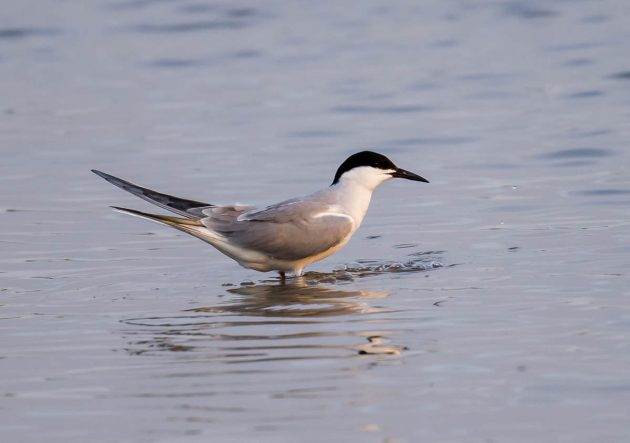
While my recent experimentation with ChatGPT showed that ChatGPT thinks the Grey-headed Lapwing can be found in Shanghai’s Century Park, Chongming is a far better place (video).
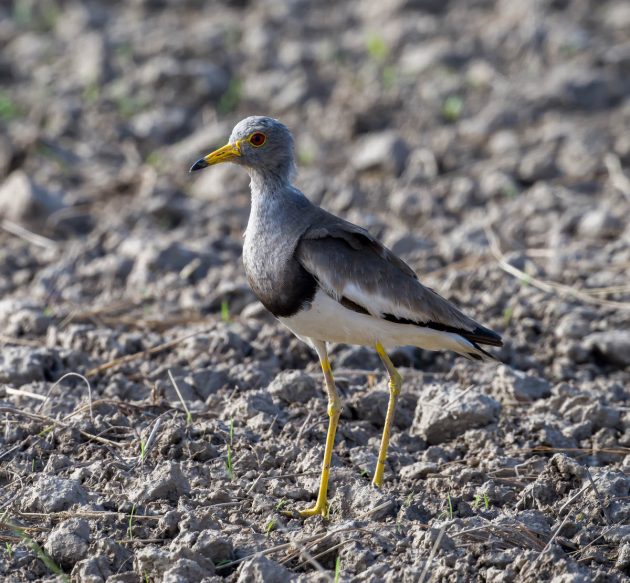
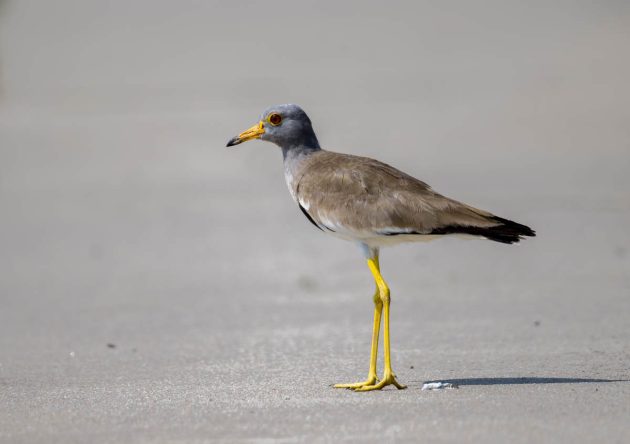
That includes breeding birds, as indicated by the presence of some rather cute chicks (video).
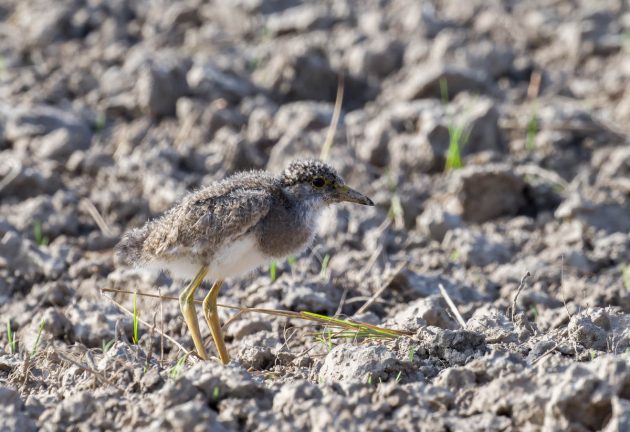
The good thing about certain parts of Shanghai is that it is almost always possible to find some Reed Parrotbills (even though most of the sites I discover for the species are being destroyed within a few months).
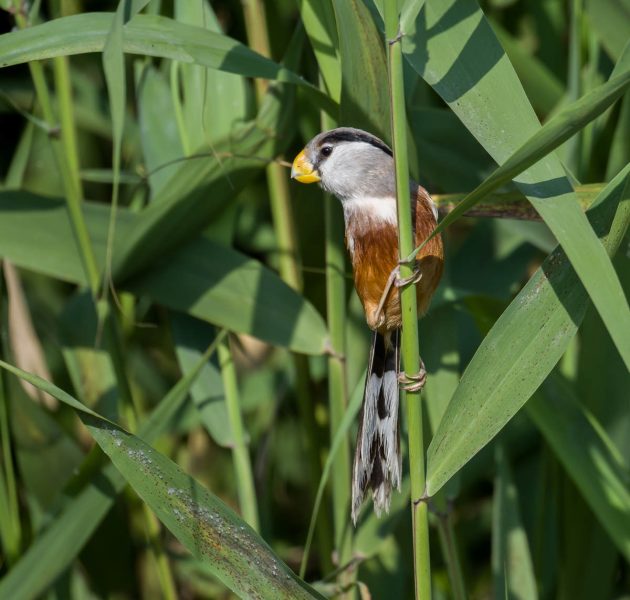
So, I can always show some photos of the species, even if I have nothing new to say about them.
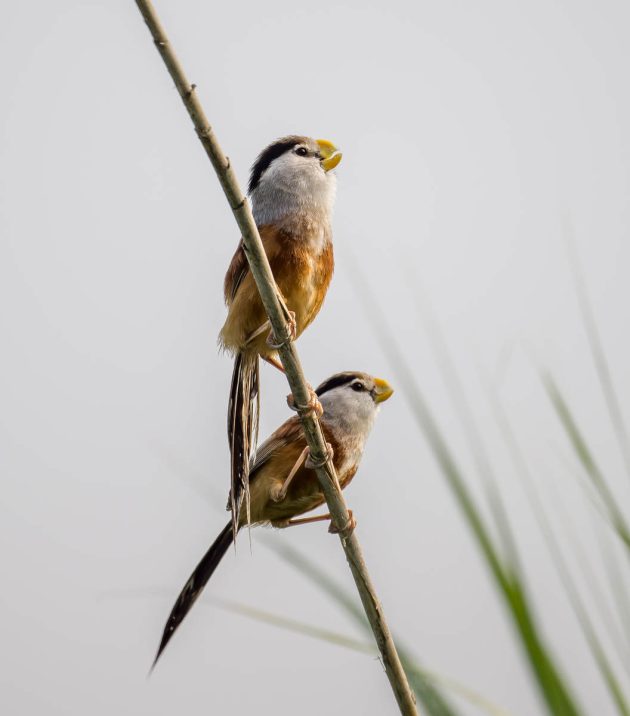
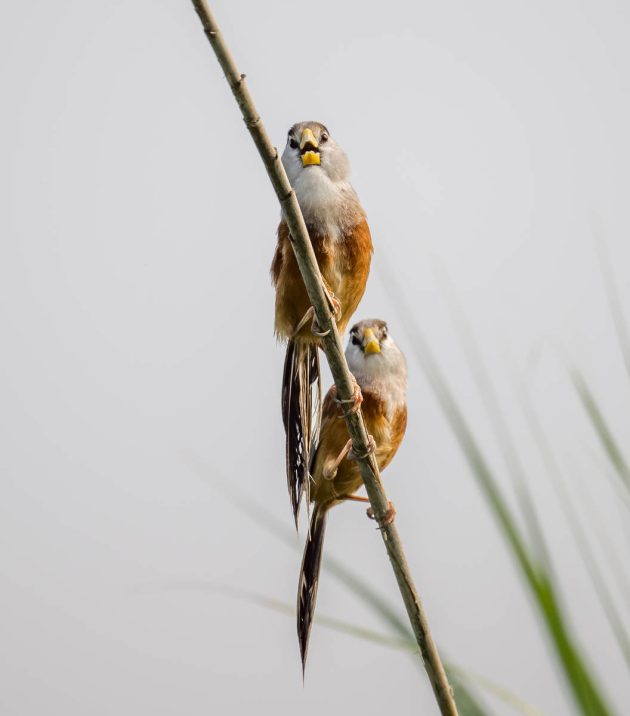
Cattle Egrets are thoroughly modern birds – they were among the first species to ditch mailed letters for faxes, then switched to email early, and now (at least in China) mostly communicate by WeChat. They are also early adopters with regard to their foraging – nowadays mostly following tractors rather than cattle.
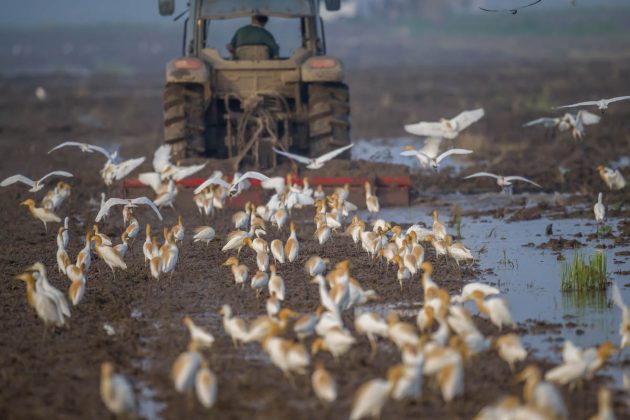
It sometimes looks a bit risky though.
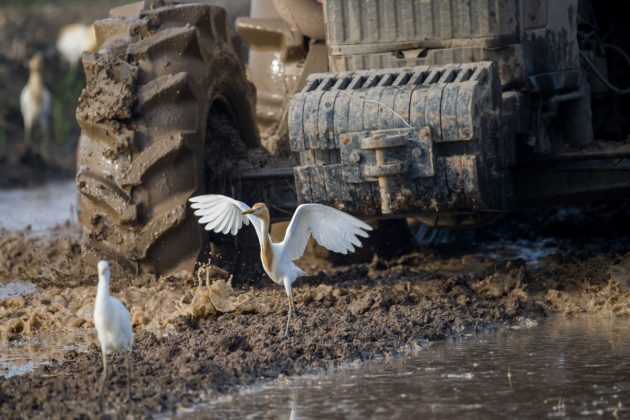
Also available as incompetently taken video 1 and video 2.
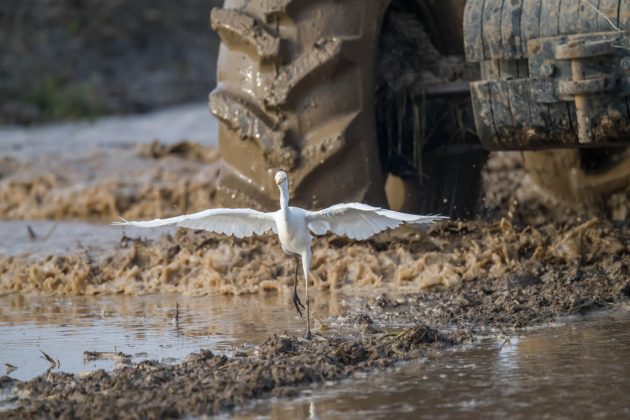
As management consultants would phrase it, female Pheasant-tailed Jacanas focus on their core competency – laying eggs – and outsource the subsequent steps such as incubating and feeding the chicks to the males. Efficient, but it also means that the female chicks lack suitable role models in their adolescence.
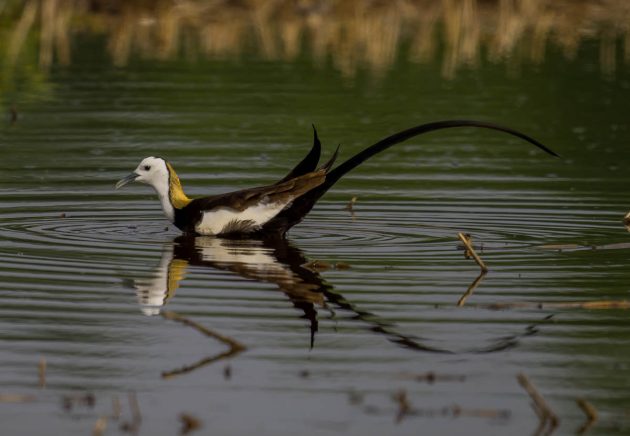
The females are bigger and – when nests or chicks are attacked – focus on defending against aerial predators and conspecific females while the males focus on other males (source).
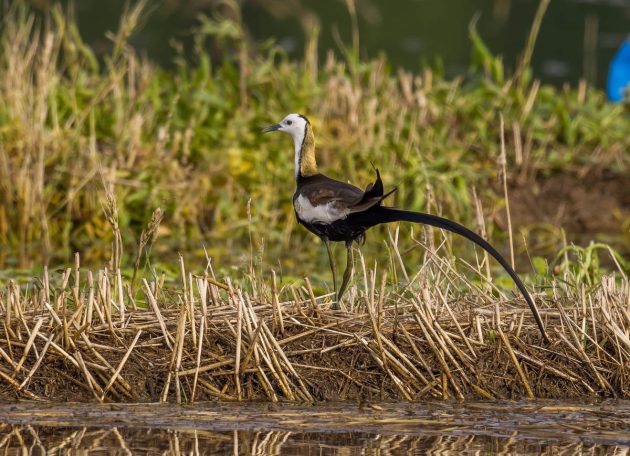
Here’s one of the usual of my videos showing a Pheasant-tailed Jacana not doing much.
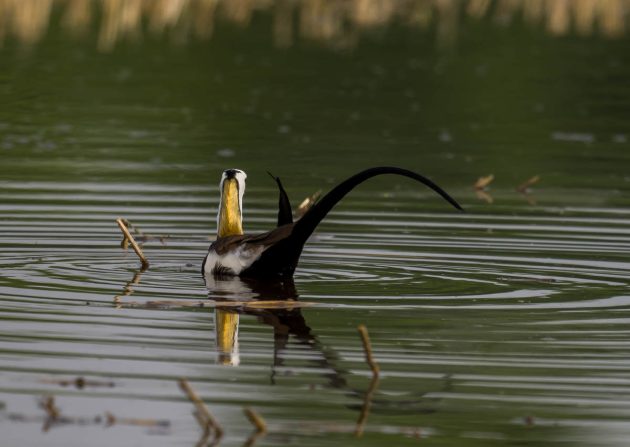
Breeding of Black-tailed Godwits seems to be slightly negatively affected by road lighting, as a Dutch study found – not a problem on Chongming Island, though.
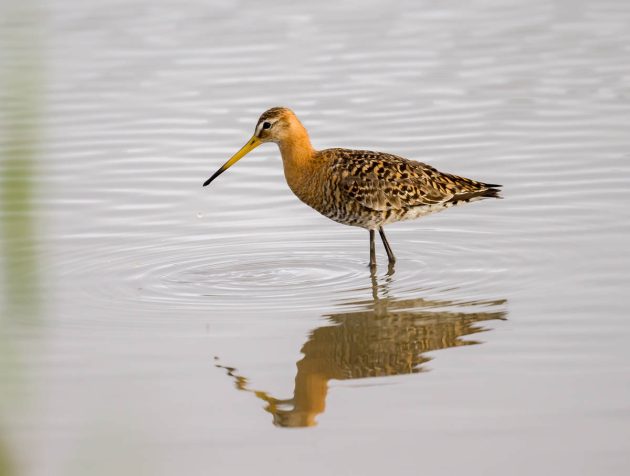
The species is classified as Near Threatened – in particular, numbers in the Netherlands have decreased substantially, and the chicks are negatively affected by intensified agriculture (HBW).
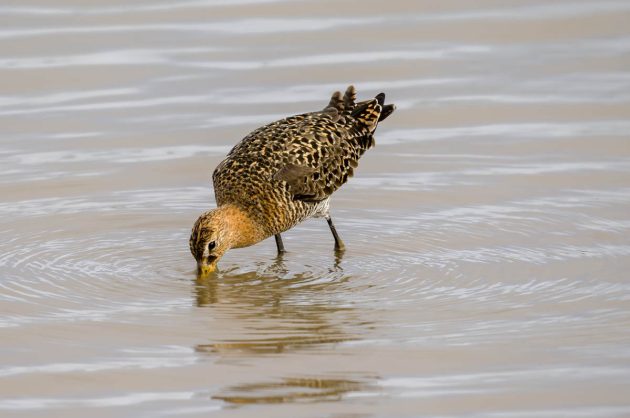
A paper examining the negative effects of flooding on the breeding success of Black-tailed Godwits is titled “Sink or Swim? Viability of a Black-Tailed Godwit Population in Relation to Flooding”. It seems the desire to create semi-witty titles for scientific papers sometimes is stronger than advisable.
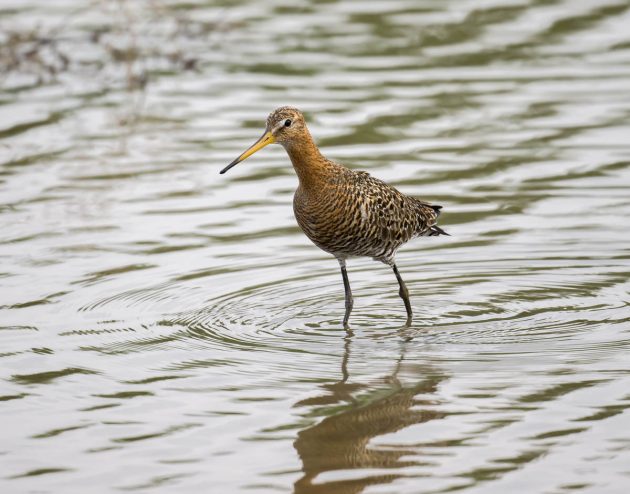
Anyway, a few videos show Black-tailed Godwits definitely not sinking: 1, 2, 3, 4, 5
Azure-winged Magpies are quite proud of their appearance …
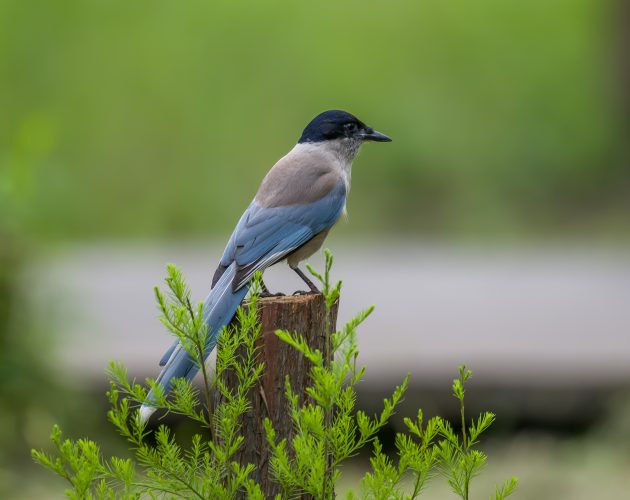
… and sometimes deliberately pose next to items that match their own color.
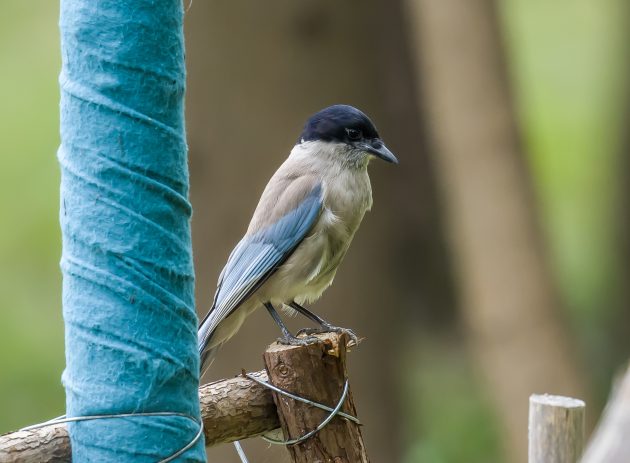
The Black-naped Oriole is one of the most attractive summer breeders in Shanghai.
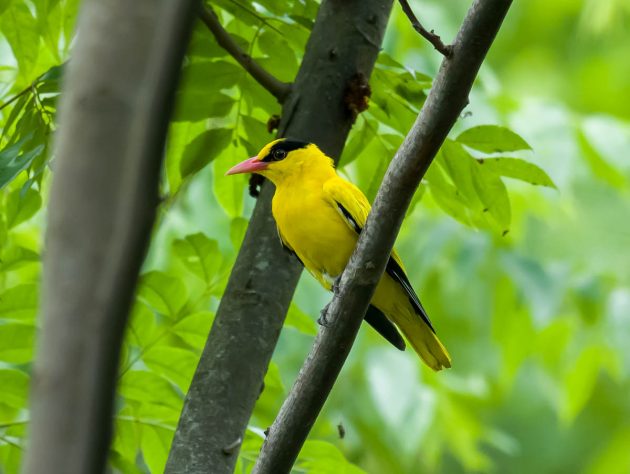
With 20 subspecies recognized, this species clearly calls for a consultant to rationalize the subspecies and reduce them to a more manageable number. I may take over this task once I am done with eliminating some of the underutilized elements from the periodic table.
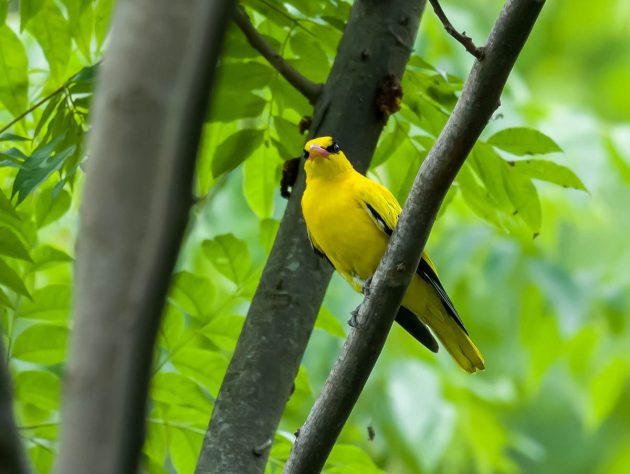
Subspecies of Black-naped Orioles can also be identified by their different vocalizations, as described in an otherwise frustratingly vague paper with statements such as “The results show that a forensic approach to birdsong analysis, inspired by speech processing, may offer invaluable insights into cryptic species diversity as well as song identification at the subspecies level.”
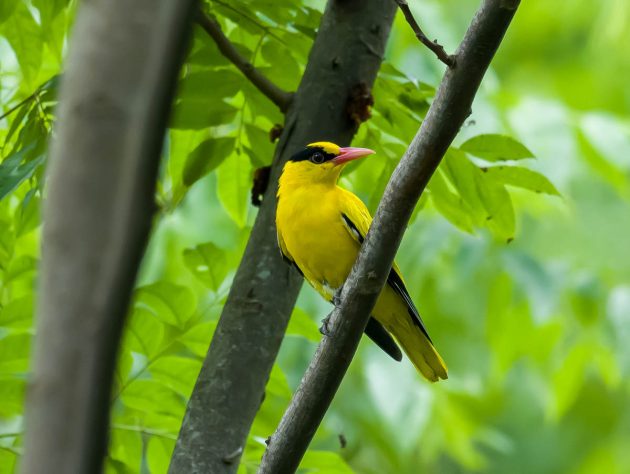
Very likely Black Drongos breed in Shanghai as well.
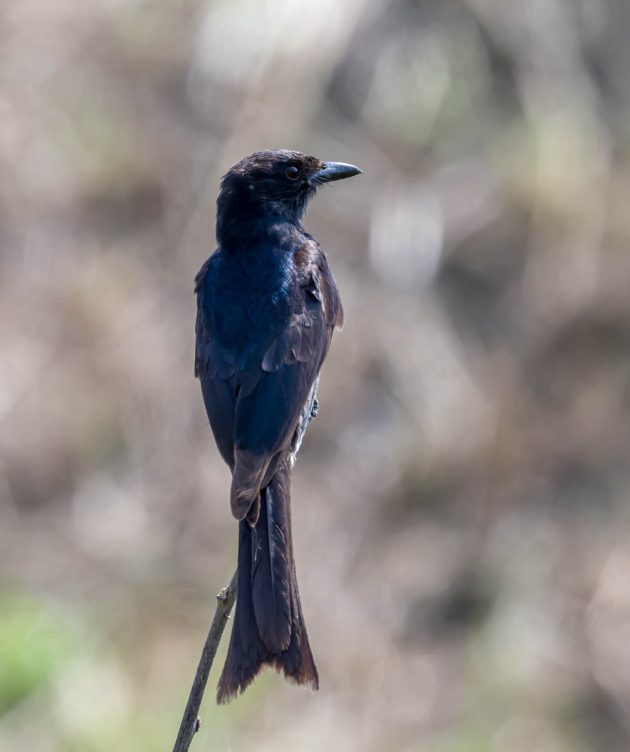
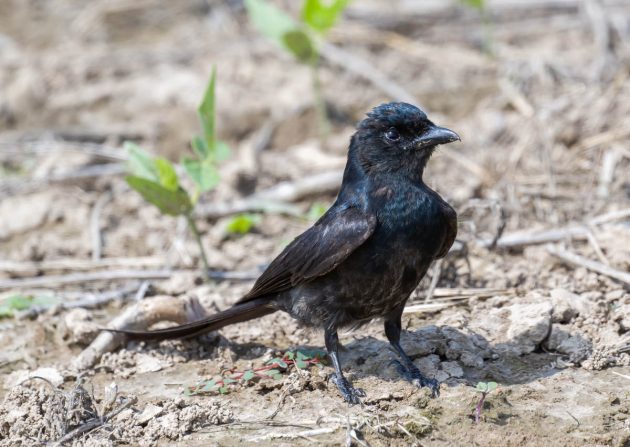
While there seem to be fewer Lesser Coucals at Nanhui this year, they still have a strong presence at Fengxian. Unfortunately, that area is also currently being destroyed.
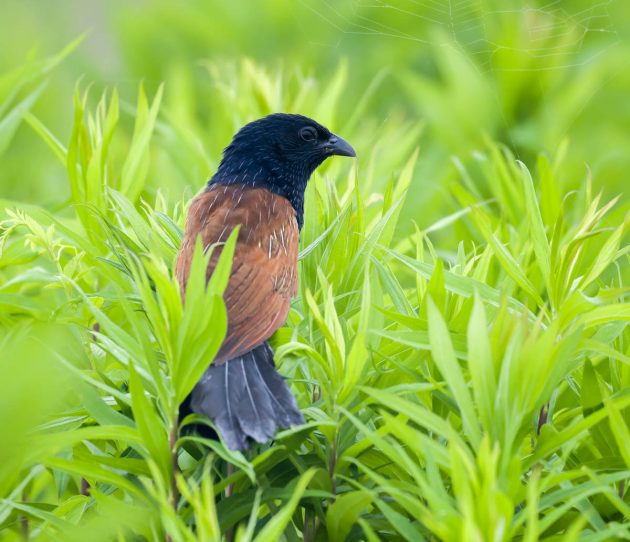
Bye, bye, Lesser Coucal.
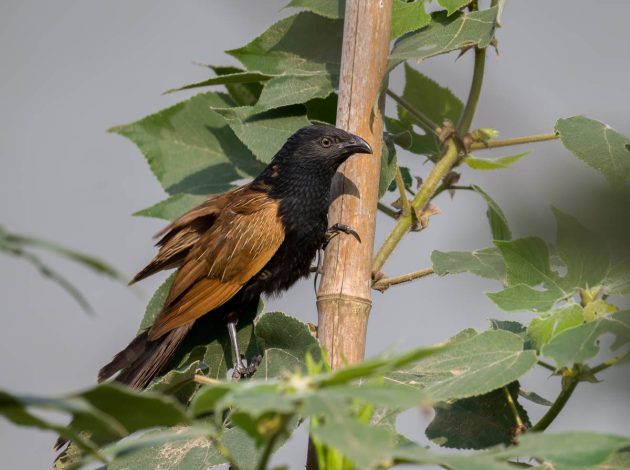
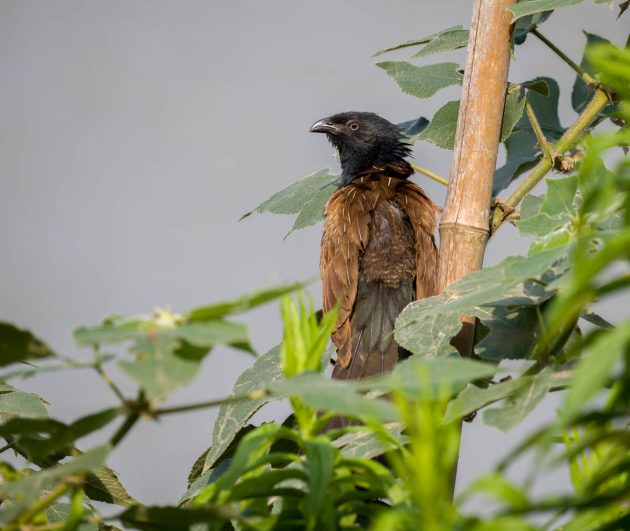
Some researchers did an experiment that among humans is only done rarely and only via mistakes made in maternity hospitals. They switched eggs between Red-rumped Swallows and Barn Swallows. Similar to the rare human experiment, the results were generally acceptable, though of course that does not account for any potential psychological damage caused by the switch in parents.
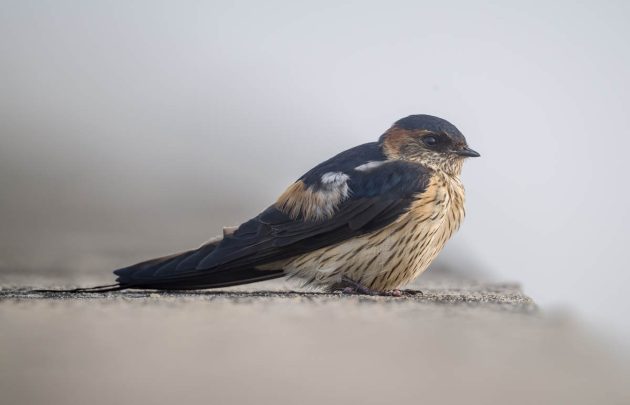
Occasionally, second-hand nests of Red-rumped Swallows turn up in local real estate markets. While the demand generally is fairly low, some house sparrows sometimes use this opportunity to get onto what is presumably the lowest level of the property ladder (source).
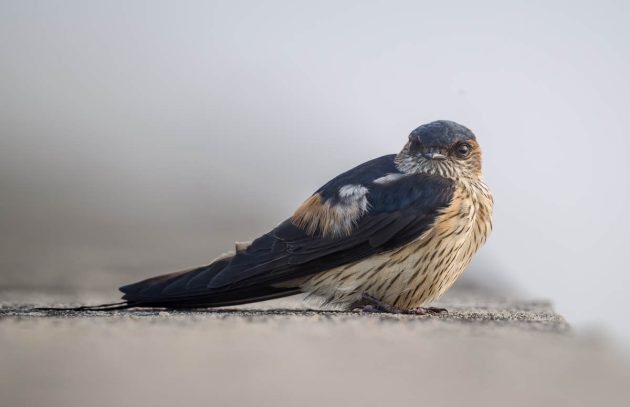
As a child, I once had an aquarium with several black mollies. Thus, it was a bit disappointing that the full text of a paper titled “Escape Response of Black Mollies (Poecilia sphenops) to Predatory Dives of a Pied Kingfisher (Ceryle rudis)” is not freely available online.
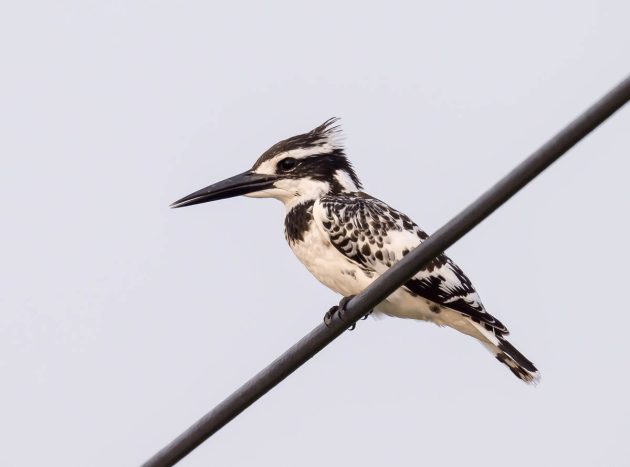
Another paper also looks at the interaction between Pied Kingfishers and fish: “Effects of Nile perch (Lates niloticus) introduction into Lake Victoria, East Africa, on the diet of Pied Kingfishers (Ceryle rudis)”. In essence, the introduction of the Nile perch reduced the fish species preferably eaten by the kingfishers, forcing them to eat more of a smaller fish species. More work, less fun, all because humans introduced some stupid fish into kingfisher habitat. Humans are probably not very popular among these kingfishers.
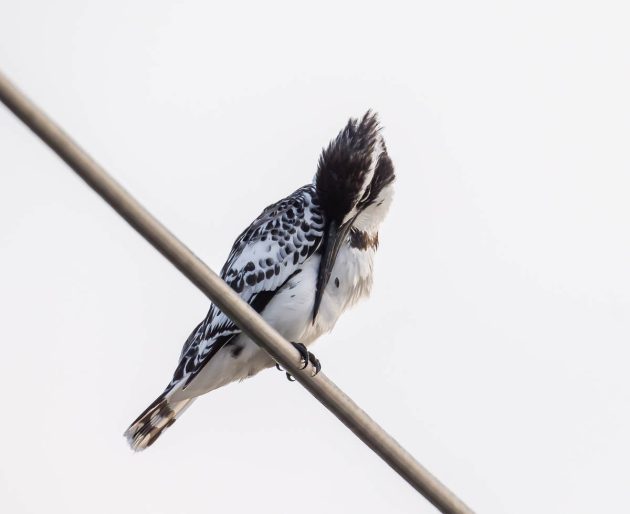
Common Kingfishers are a good match with my limited video skills, as they frequently just sit around waiting for something to happen (not “Waiting around to die“, but it is always good to name a Townes van Zandt song).
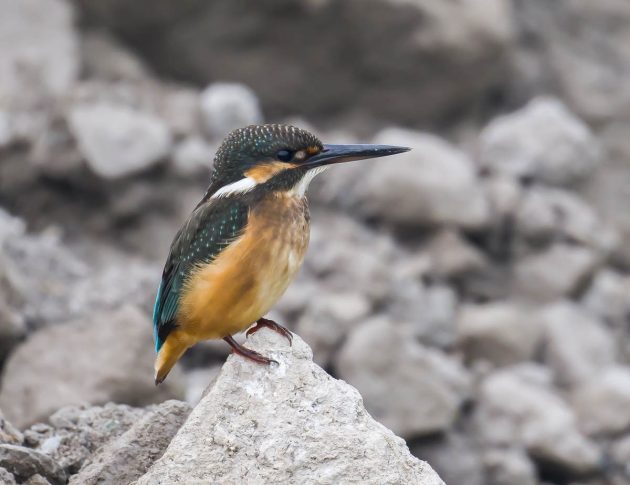
That is in contrast to Black-winged Stilts, which seem very keen on showing off their (admittedly impressive) legs.
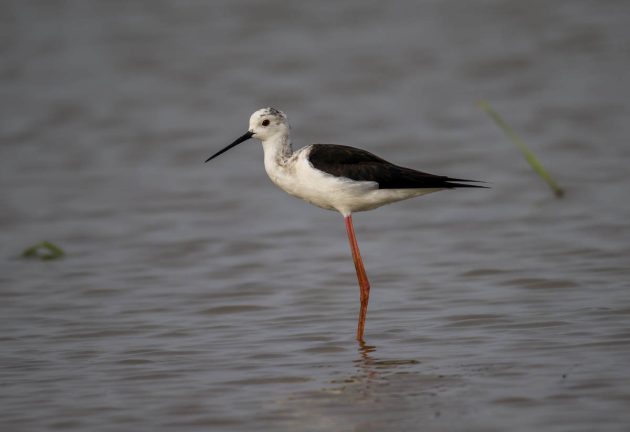
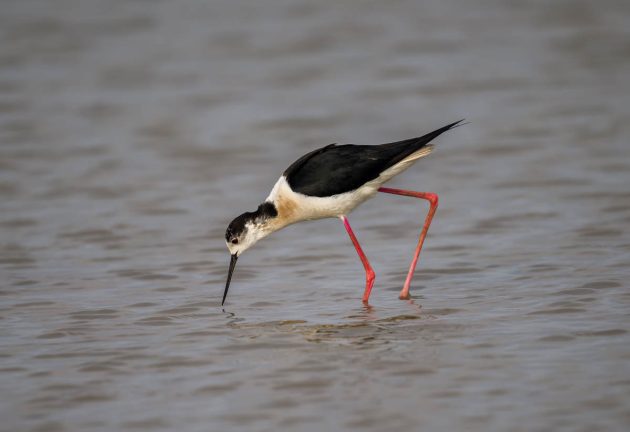
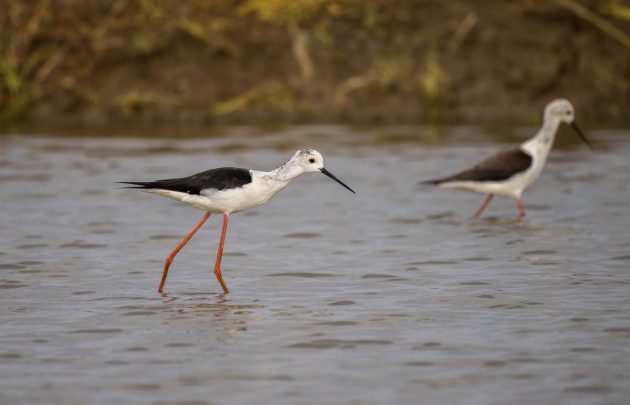
Whiskered Terns look very much like they use lipstick. Strange.
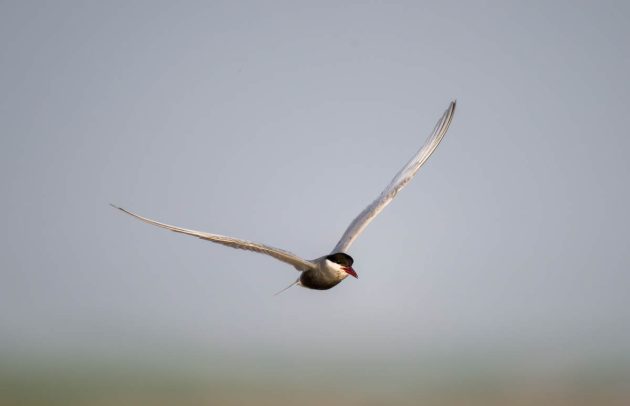
One study found that in Whiskered Terns, “Females invest much less in parental care than males, providing less food [to the chicks] and deserting [the chicks] more frequently”. I guess the females just try to avoid typical female cliches.
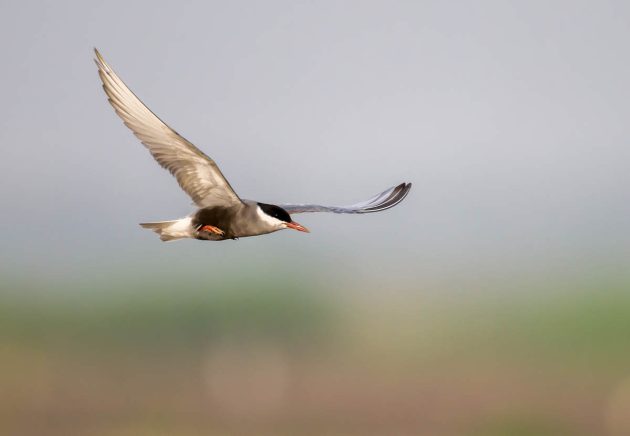
Grey Treepies are relatively rare in Shanghai – distribution maps indicate that this is pretty much the Northern border of their range, or even slightly beyond that.
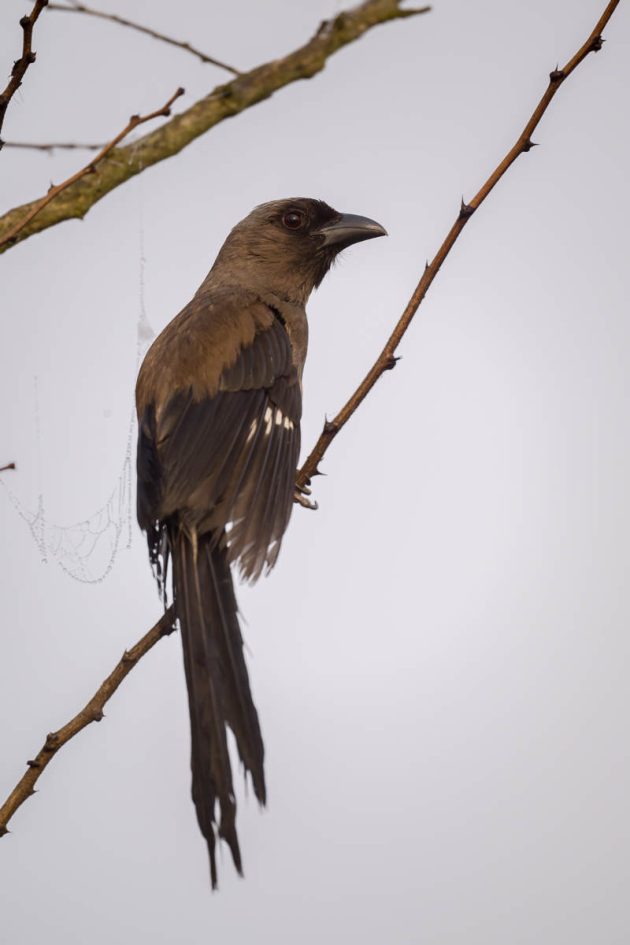
According to wordsense, the “pie” in the treepie (and also in magpie) is the same as the one in “having your pie and eating it too”. The website claims that pie originates from Middle English pie (pye), which in turn probably comes from Latin pica (“magpie, jay”) – with the idea that the many ingredients put into pies are comparable with the fact that magpies will eat almost anything. Sounds a bit made-up to me, but of course, it would take me some time to come up with a better made-up explanation, so let’s just take this one.
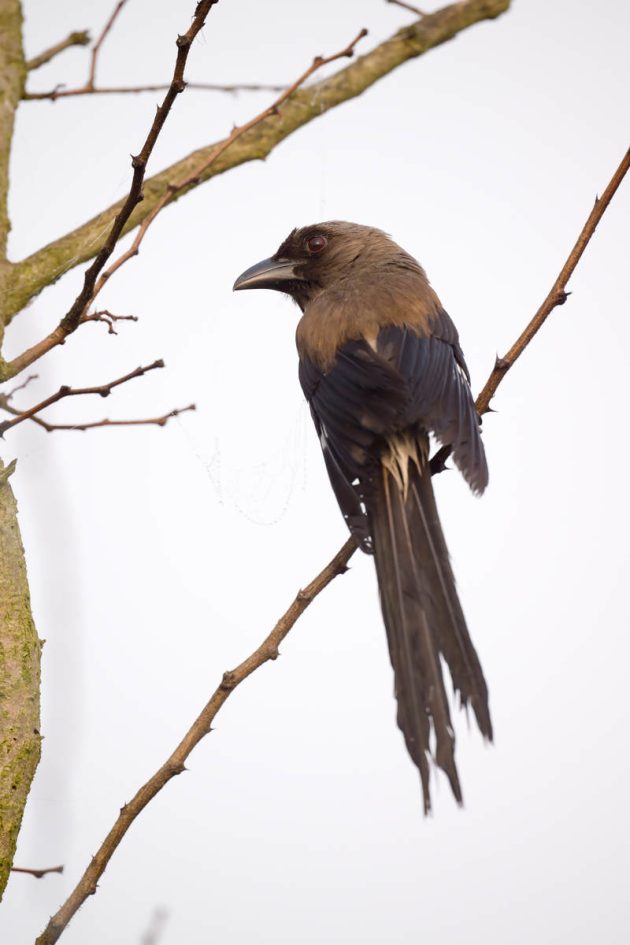
And finally, around this time of the year, adult Red-billed Starlings are constantly harassed by their hungry chicks, serving as a handy warning to humans to use contraception.
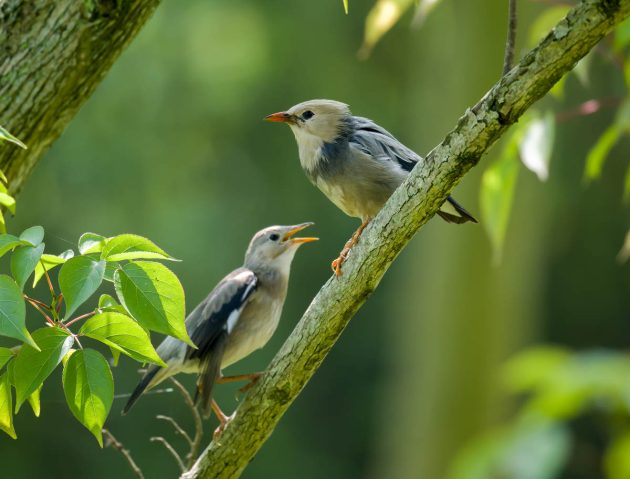
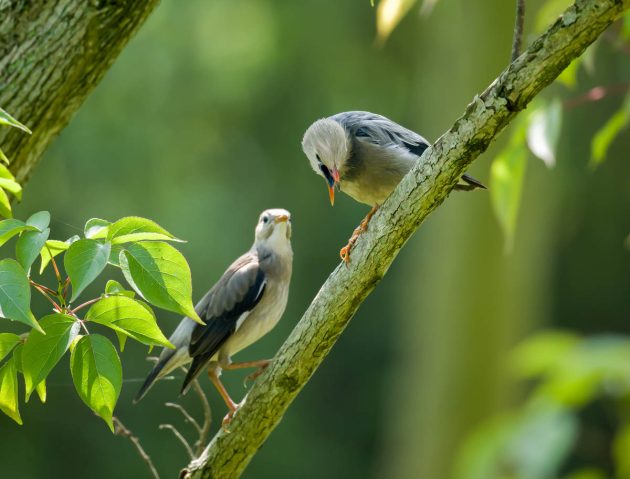
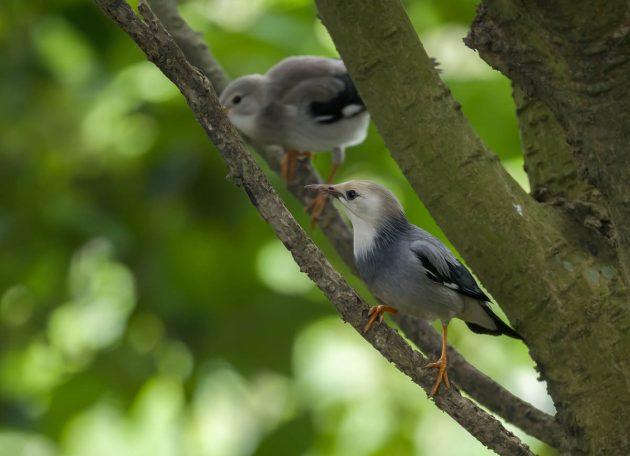




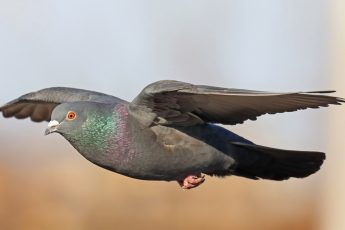

 New writers welcome – please contact us for details.
New writers welcome – please contact us for details.

















Leave a Comment